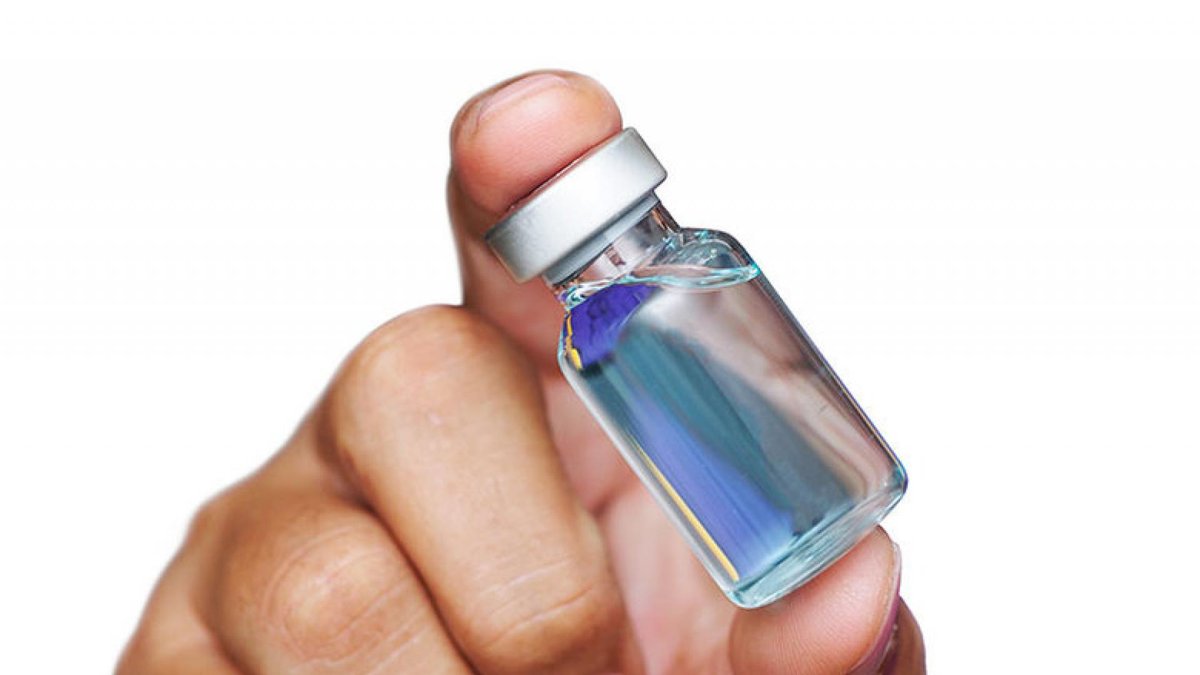Treatments for Wet Macular Degeneration
Written By: BrightFocus Editorial Staff



Written By: BrightFocus Editorial Staff

Wet age-related macular degeneration (AMD) can be treated with injections of angiogenesis inhibitors into the eye, with photodynamic therapy, or with laser surgery. None of these treatments will cure wet AMD, but each may slow the rate of vision decline or stop further vision loss. However, the disease and loss of vision may also progress despite treatment. Options should be discussed with a doctor.
Angiogenesis inhibitors work by blocking the activity of vascular endothelial growth factor (VEGF), a protein that promotes blood vessel growth.
Four treatments for wet AMD using angiogenesis inhibitors—brolucizumab (Beovu®), aflibercept (Eylea®), and ranibizumab (Lucentis®)—were approved by the U.S. Food and Drug Administration (FDA) in 2019, 2011, 2006, and 2004 respectively. Another drug, bevacizumab (Avastin®), approved by the FDA as a blood vessel growth inhibitor to treat colorectal and other cancers, that has been used off-label (i.e., for purposes other than the approved uses) by some doctors to treat AMD.
Photodynamic therapy (PDT) is most effective in a subtype of wet AMD called predominantly classic subfoveal AMD, in which blood vessel growth and leakage in the fovea—the small region in the center of the macula—are well defined. It should be noted that PDT is rarely used now that there are drugs (EYLEA, Lucentis, and Avastin) that specifically block the vessel-promoting VEGF protein. During the PDT procedure, a drug called Visudyne® is injected into the arm. The drug courses through the body and is absorbed by the fragile, leaking blood vessels in the eye.
Because Visudyne is activated by light, the doctor directs a low-intensity laser at the retina for a little over a minute. This activates the Visudyne, allowing it to destroy the abnormal vessels. One treatment normally takes about twenty minutes and is relatively painless. The most common side effects of PDT include headache, injection site reaction, and blurred or reduced vision. Because the drug is activated by light, it is important to avoid exposing eyes or any part of the skin to sunlight or bright indoor light for up to five days after treatment. PDT may help to stabilize vision, but it will not restore lost vision.
Laser photocoagulation surgery was the first treatment used for wet AMD, but it is only an option for a small number of patients. During the outpatient procedure, the eye is numbed, and a high-energy laser heats, seals, and destroys abnormal leaky blood vessels. This can potentially prevent further vision loss, but it results in a permanent blind spot due to scarring. Some patients experience mild pain during and/or shortly after the procedure. When successful, laser surgery is done once. However, if new blood vessels grow, surgery may have to be repeated.
BrightFocus Foundation is a premier global nonprofit funder of research to defeat Alzheimer’s, macular degeneration, and glaucoma. Through its flagship research programs — Alzheimer’s Disease Research, Macular Degeneration Research, and National Glaucoma Research— the Foundation has awarded nearly $300 million in groundbreaking research funding over the past 51 years and shares the latest research findings, expert information, and resources to empower the millions impacted by these devastating diseases. Learn more at brightfocus.org.
Disclaimer: The information provided here is a public service of BrightFocus Foundation and is not intended to constitute medical advice. Please consult your physician for personalized medical, dietary, and/or exercise advice. Any medications or supplements should only be taken under medical supervision. BrightFocus Foundation does not endorse any medical products or therapies.
